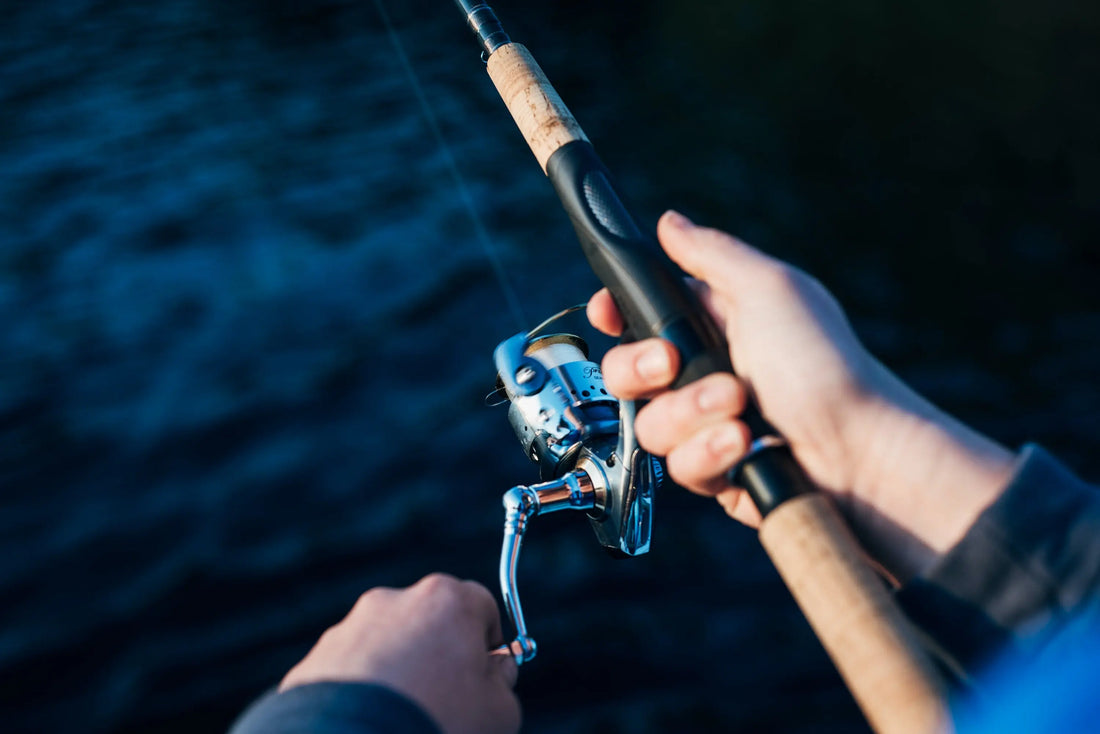
Fly fishing
Share
Fly fishing is a unique and traditional method of angling that involves using a specialized fishing rod, fly line, and artificial flies to catch fish. Here's an overview of fly fishing and some key techniques:
-
Equipment:
- Fly Rod: Fly rods are typically longer and more flexible than conventional fishing rods. They are designed to cast the weightless fly line and provide delicate presentations.
- Fly Reel: The fly reel is used to store the fly line and provides a means to control the line's tension during the fight with a fish.
- Fly Line: Fly lines are specifically designed for fly fishing and come in various weights (matching the rod) and tapers. They are thicker and heavier towards the front, enabling them to carry the lightweight fly during casting.
- Leader and Tippet: The leader and tippet are clear monofilament or fluorocarbon lines that are attached to the end of the fly line. They provide a tapered connection between the fly line and the fly.
- Flies: Artificial flies imitate insects, baitfish, or other aquatic organisms that fish feed on. They are typically tied using feathers, fur, thread, and other materials.
-
Casting Techniques:
- Overhead Cast: The overhead cast is the basic fly casting technique where you use a backcast and forward cast motion to propel the fly line and fly through the air.
- Roll Cast: The roll cast is useful when you have limited space behind you for a backcast. It involves sweeping the rod tip sideways and then forward to roll the line and fly out in front of you.
- Spey Cast: Spey casting is a technique used primarily in large rivers and when using two-handed fly rods. It involves using water tension and continuous, sweeping motions to cast the line across the water.
-
Presentations and Retrieves:
- Dry Fly Fishing: This technique involves using a buoyant fly that imitates an insect floating on the water's surface. The angler presents the fly delicately and watches for a fish to rise and take the fly.
- Nymph Fishing: Nymph fishing involves imitating underwater insect larvae or nymphs. The angler uses weighted flies or adds split shot to the leader to get the fly down to the desired depth.
- Streamer Fishing: Streamer fishing mimics small baitfish or other swimming prey. The angler strips the fly through the water, imitating a wounded or fleeing baitfish to trigger aggressive strikes.
-
Reading the Water:
- Identifying likely fish-holding areas, such as riffles, pools, eddies, and structure like rocks or logs.
- Observing the water's surface for rising fish, hatches, or other activity that can indicate the presence of feeding fish.
-
Catch and Release:
- Fly fishing often emphasizes catch and release practices to preserve fish populations. Handling fish gently, using barbless hooks, and minimizing stress are essential for the fish's well-being.
Fly fishing is an art form that requires practice and patience to master. It offers a more interactive and immersive experience compared to other fishing methods. Local knowledge, understanding the fish's behavior, and matching the fly to the available food sources are key factors in successful fly fishing. Consider taking lessons, reading books, or joining a fly fishing club to enhance your skills and learn from experienced anglers.



